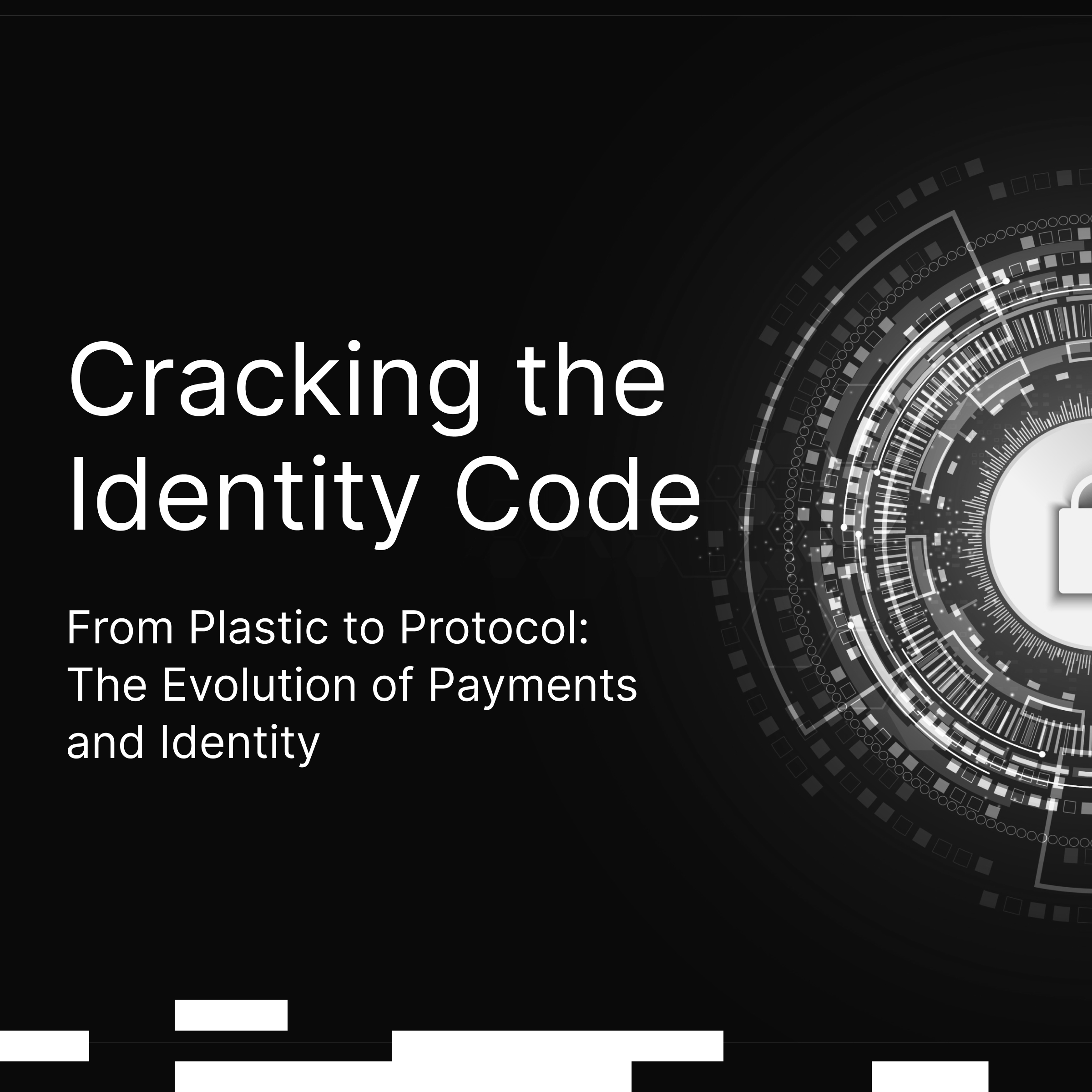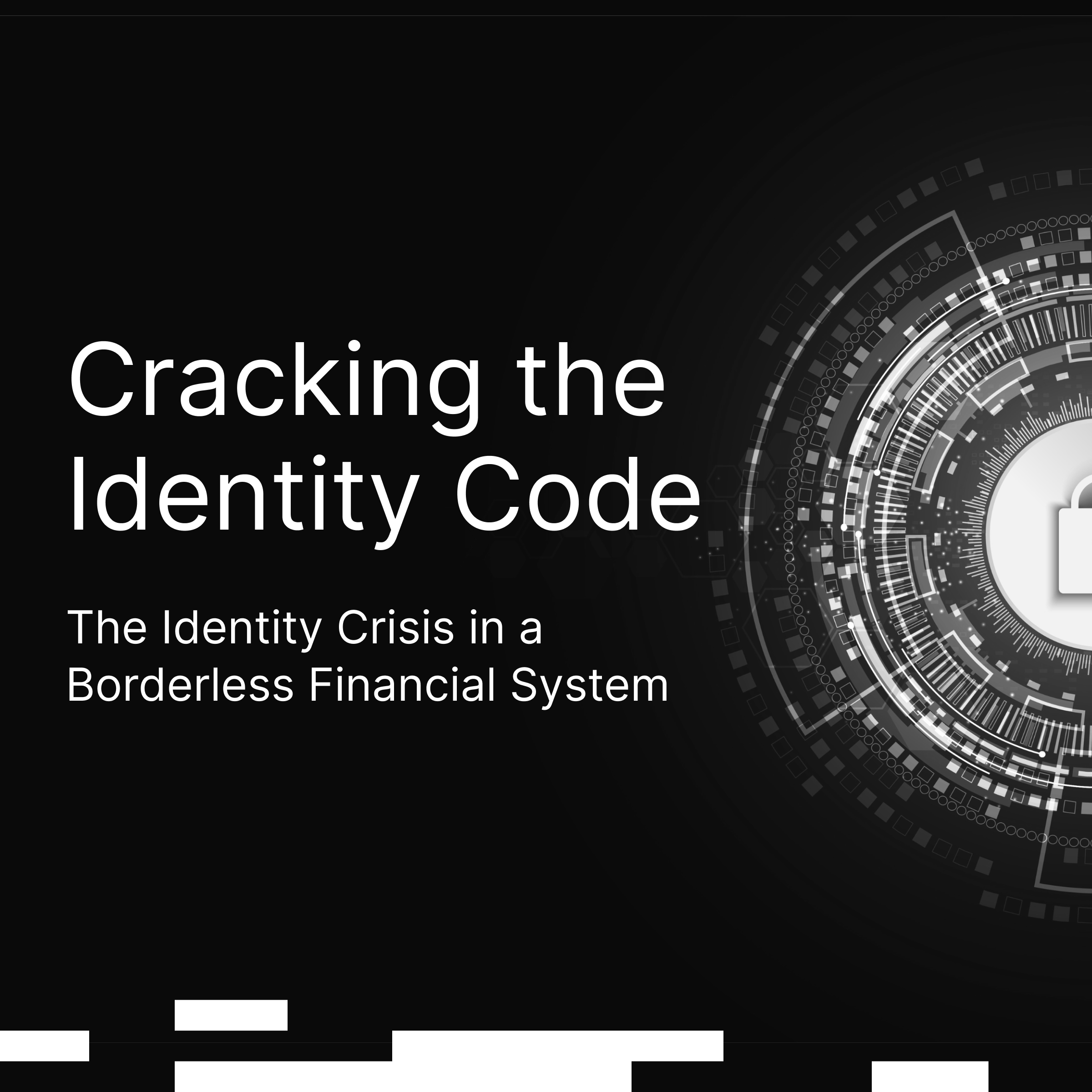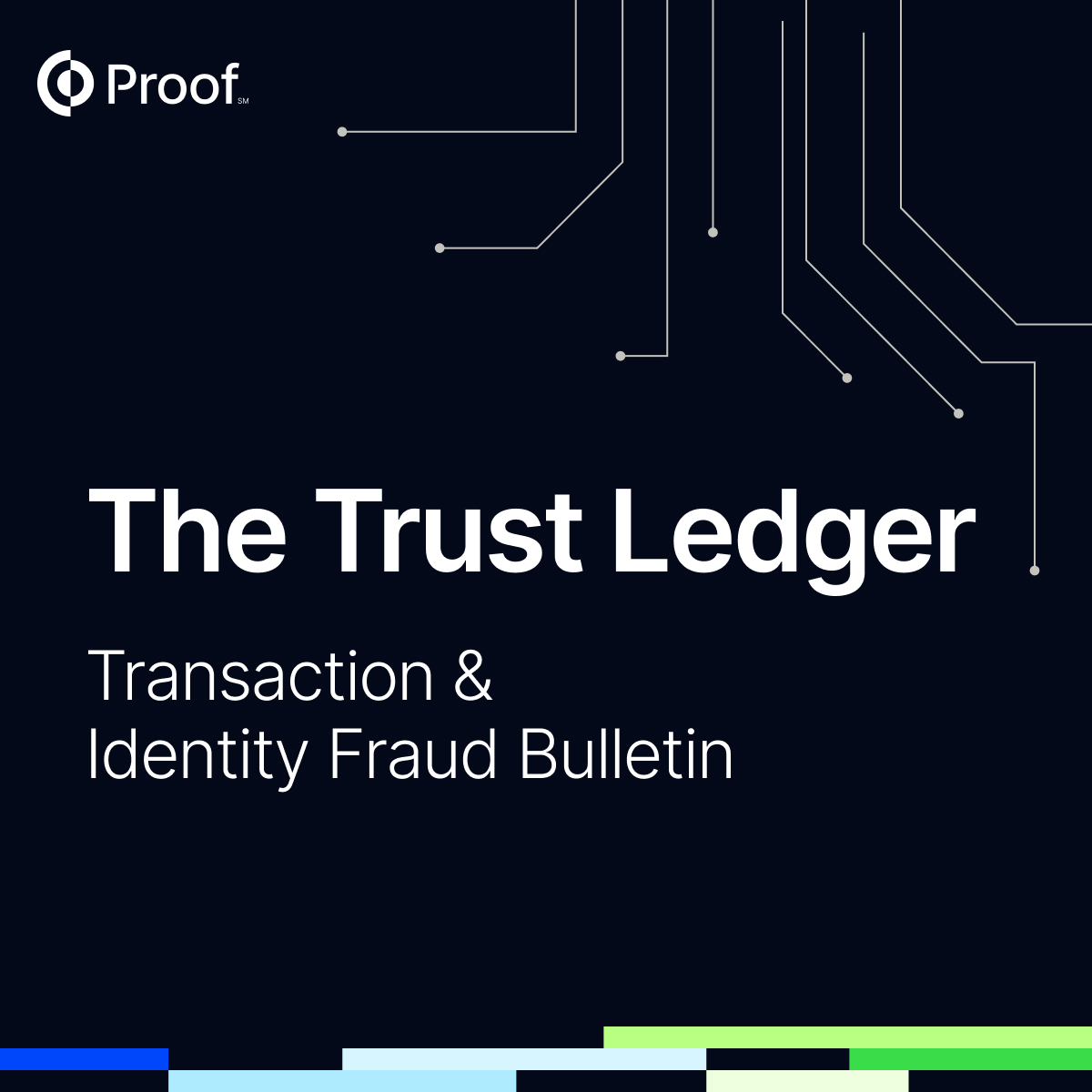Deepfake Scams: How to Spot Them and Protect Your Business From Fraud

Deepfakes are no longer a futuristic concept from science fiction. They’re here, and they’re becoming increasingly sophisticated. This technology, which uses artificial intelligence to create highly realistic but fabricated images, videos, or audio, is no longer just a matter of entertainment or internet pranks. Deepfake scams represent a significant threat across industries, especially when it comes to fraud and deception.
But how can you be a deepfake detector? And more importantly, how can businesses protect themselves? This guide will teach you how to spot a deepfake and discuss how solutions like Proof’s fraud protection services can help businesses safeguard their operations in an era of AI-manipulated media.
What Are Deepfakes?
Deepfakes use artificial intelligence, specifically deep learning, to manipulate or generate visual and audio content that appears authentic. They can take the form of a person speaking words they’ve never said, an image of someone in an event they never attended, or even phony audio mimicking someone’s voice. You’ve probably seen celebrity deepfakes on social media; last year Morgan Freeman made the news when his AI persona fooled producers.
Deepfakes rely on neural networks trained on massive datasets of real-life images, video, or audio. This allows the algorithms to convincingly mimic the target’s voice, facial expressions, and mannerisms.
Why Are Deepfakes Dangerous?
Deepfakes can cause severe harm when misused. Here are some alarming statistics that show the real-world ramifications:
- Financial Fraud: According to Security Magazine, one company lost $243,000 when fraudsters used deepfake audio to impersonate an executive.
- Misinformation: People can manipulate videos, making public figures appear to say or do things they didn’t, which can disrupt social and political climates.
- Identity Theft: Deepfake images and videos can fool verification systems, allowing criminals to bypass security protocols.
For businesses in particular, the stakes are high. Deepfakes can compromise trust, leading to significant financial, reputational, and operational risks. Knowing how to spot them is your first line of defense.
How to Be a Deepfake Detector: Key Signs to Spot
1. Unnatural Eye Movement
One of the more difficult aspects of the human face to replicate is natural eye movement. Look for unrealistic blinking patterns or eyes that remain fixed without movement. Early deepfakes often have static or lifeless eyes, though newer versions are improving in this area.
2. Irregular Facial Expressions
Deepfake algorithms may struggle to generate consistent facial expressions that align with the emotions shown. For instance, laughing while appearing serious or mismatched lip movements when speaking can signal manipulated content.
3. Skin Texture and Digital Artifacts
Despite advanced AI technology, deepfakes often exhibit inconsistencies in skin texture, lighting, or digital noise. Blurring around the edges of the face or shimmer-like artifacts in hair and skin are common giveaways.
4. Mismatch in Lip Syncing or Audio
If audio and lip movements look slightly off, this could indicate a deepfake. Advanced AI struggles to perfectly match complex pronunciations with mouth movements, especially when the subject is turning their head.
5. Background Alterations
Subtle inconsistencies in the background during movement can expose a deepfake. Look for changes in lighting, fuzzy details, or odd mismatches between the subject and the background.
6. Absence of Natural Micro-Expressions
Micro-expressions, like brief flashes of emotion that take less than half a second, are hard for deepfake algorithms to replicate. Their absence or delayed timing can signal manipulation.
7. Audio Quality and Cadence
Deepfake audio, while improving, can still sound robotic, overly smooth, or lack the natural quirks of human speech. Pay attention to rhythm, tone, and emphasis to spot anomalies.
8. Unrealistic Context or Source
When consuming media, always consider the source. Is the video posted by a credible organization? Does the setting or context seem realistic? If something feels off, proceed with skepticism. (Think back to the celebrity deepfakes example - would Morgan Freeman really say that?)
How to Protect Your Business From Deepfake Scams
Recognizing a deepfake is one thing; protecting yourself is another. Here’s how to safeguard against this emerging threat:
Implement AI-powered Verification Solutions
Organizations can combat deepfake exploitation by deploying AI-powered identification tools that cross-check data for inconsistencies. For instance, Proof’s verification technology uses advanced analysis to detect falsified identities, safeguarding your digital interactions.
Stay Ahead with Staff Training
Educate your team about deepfakes and train them to identify suspicious content. Fraudsters often exploit human errors, so building awareness is critical.
Layer Security Protocols
Add multiple layers of security to your workflows, such as two-factor authentication, biometric systems, and manual reviews for high-stakes transactions.
Monitor Your Social and Digital Presence
Keep an eye on publicly available material tied to your brand. Fraudsters often use shared photos, videos, or audio as the foundation for creating deepfake scams.
Use Digital Forensics Tools
Platforms like Deepware Scanner and Microsoft Video Authenticator analyze videos and images, flagging signs of AI manipulation. Integrate these tools into your regular security audits.
Level Up Your Fraud Protection With Proof
You don’t have to battle deepfake scams alone. At Proof, we specialize in creating trust and transparency in a digital world. Our fraud protection solutions are specifically designed to help businesses combat emerging threats like deepfakes.
Identity Verification
Proof’s services verify user identities with high accuracy, utilizing layers of AI-powered analysis and live agent supervision to catch fraudulent attempts.
Real-time Fraud Detection
With advanced algorithms, we monitor activities in real-time, flagging suspicious patterns indicative of deepfakes or other manipulations.
Customer Lifecycle Protection
Proof protects businesses from onboarding to ongoing interactions, ensuring a seamless and secure experience for you and your customers.
By leveraging Proof’s solutions, your business can remain one step ahead of malicious actors in the digital age.
Build a Safer Digital Future
The rise of deepfakes serves as a reminder of the risks that accompany technological advancements. While these sophisticated creations can pose a real threat, awareness and advanced tools like Proof’s fraud protection solutions can mitigate their impact.
To ensure your business is prepared to combat the challenges posed by this technology, connect with Proof today. Experience the reliability, security, and innovation that will help your organization build and maintain trust in an increasingly AI-driven world.
Protect your business from deepfake fraud. Sign up for a Proof demo today.













































































.jpg)





.png)

.png)







.png)

















.jpg)













.png)

.jpg)

